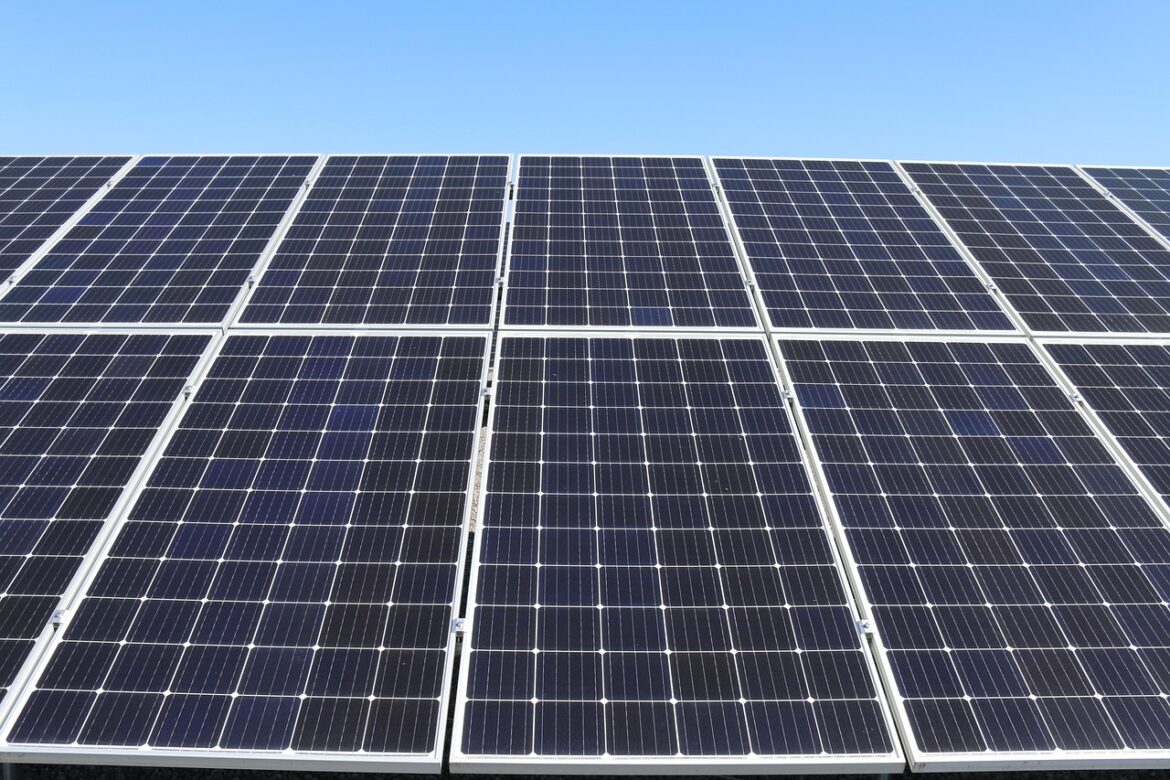Introduction to Sustainable Design Trends in 2025
Imagine living in a world where every aspect of our daily lives is not only aesthetically pleasing but also environmentally responsible. The year 2025 is shaping up to be a pivotal moment for sustainable design, with numerous trends and innovations making headlines across various sectors. From sustainable home decor to cutting-edge eco-friendly products, let’s dive into the most exciting developments.
Sustainable Home Decor Trends
Sustainable home decor is on the rise, with several trends that make it easy for homeowners to go green without sacrificing style. Here are some key trends:
- Incorporating Plants and Greenery: Adding more plants indoors not only spruces up your space but also purifies the air.
- Using Reclaimed and Recycled Materials: Reclaimed wood and recycled materials are becoming the go-to choices for furniture and decor, reducing waste and conserving resources.
Eco-Friendly Innovations in Materials and Products
The use of innovative materials is transforming industries from furniture to construction. For example, biodegradable plastic furniture and mycelium-based products are redefining luxury and sustainability. Mycelium, the root system of mushrooms, is being used to create materials that mimic leather but are entirely bio-based and sustainable.
Sustainable Product Design: Electric Kilns and Water-Saving Solutions
Companies like Laufen are spearheading sustainable manufacturing techniques by introducing electric kilns, which replace traditional fossil fuel-based kilns. This innovation not only reduces carbon emissions but also ensures water-saving solutions are integrated into design processes, making bathrooms more eco-friendly.
Net-Zero Buildings and Sustainable Architecture
The push for net-zero buildings is heating up, with architects designing buildings that produce as much energy as they consume. This is evident in innovative materials like mass timber, which offers a renewable alternative to traditional materials. Sustainable practices in architecture are not just about reducing emissions; they also focus on creating more efficient, adaptable spaces that prioritize environmental sustainability.
Renewable Energy in Schools
Schools are embracing renewable energy with solar panels and geothermal systems becoming more common. These innovations not only help schools achieve net-zero emissions but also serve as educational tools for students, teaching them about sustainability from a young age. Designing flexible floor plans also allows schools to adapt over time without massive renovations, further reducing environmental impact.
Conclusion
As we move forward into 2025, it’s clear that environmental sustainability is no longer just a buzzword—it’s a lifestyle choice and an essential design principle. Whether it’s through sustainable home decor, cutting-edge eco-friendly products, or pioneering architectural innovations, the green design wave is here to stay.
References:
- https://www.thespruce.com/2025-sustainable-home-decor-trends-11712292
- https://www.winssolutions.org/24-sustainability-trends-2026/
- https://www.livingetc.com/features/sustainable-product-design
- https://gbdmagazine.com/sustainable-school-design/
- https://www.youtube.com/watch?v=eR0_y-7-lEg
- https://www.packagingcorp.com/resource-hub/industry-insights/how-innovative-pop-display-design-advances-sustainability-and-efficiency/
- https://www.montana.edu/usp/research_celebration/2025%20SRC%20Program%20Updated.pdf
- https://leaparchitecture.com/10-hottest-residential-architecture-design-trends-2025/



